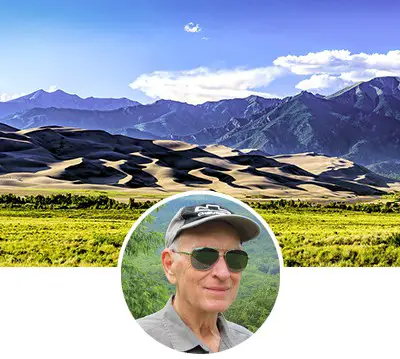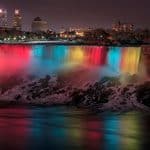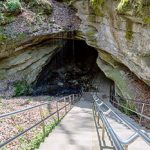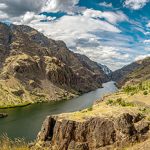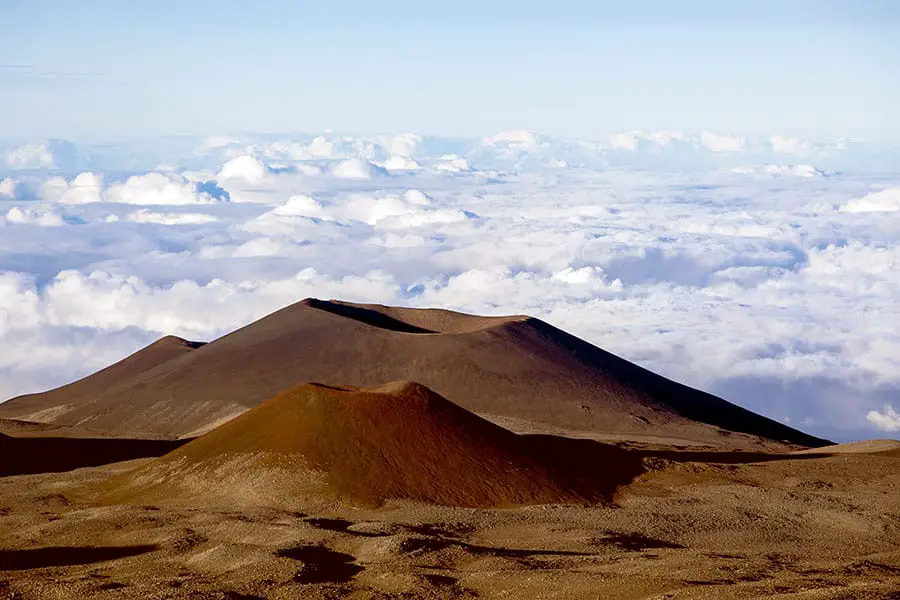
The Big Island of Hawaii has two massive volcanoes, one dormant and one active. Mauna Kea, the dormant volcano, is a popular location for visitors, scientists, and Hawaiian people. But, if you have ever considered visiting this mountain, you may have wondered: can you drive to the top of Mauna Kea?
You can drive to the top of Mauna Kea, but once the road reaches 9,200 feet, the paved road ends, and only 4×4 or AWD vehicles are permitted on the unpaved road. The unpaved section of the road continues to the summit. Additionally, only people in good health should travel to the summit.
There are not a lot of places where you can travel from sea level to almost 14,000 feet in just a few hours, but Mauna Kea is one of them. Climbing that high so fast has its unique challenges. Here we will explain how to drive up to Mauna Kea’s summit and have a safe, fun time while you adventure up this mountain.
Driving to the Top of Mauna Kea
If it’s measured from the seafloor, where the mountain begins, Mauna Kea is the highest mountain in the world. The mountain is about 32,000 feet tall from the seafloor to the summit. Then, Mauna Kea rises over 13,800 feet into the clouds above Hawaii Island.
To get to Mauna Kea, take Saddle Road from either direction until you meet Mauna Kea Access Road. Once you turn on to Mauna Kea Access Road, follow it to the top.
At 9,200 feet, there is the Visitor Information Station (VIS). This point is where the paved road ends. It’s recommended to stop here for at least 30 minutes to help your body acclimatize to the change in elevation.
Road Trip Answers Fun Fact: Part of what makes Mauna Kea so sacred is because Hawaiian people see it as the home of the Gods, which highlights why it’s so important to preserve and protect this mountain.
The top of Mauna Kea has 40% less oxygen than the base of the mountain, which is at sea level. This decreased oxygen makes altitude sickness a real possibility. Symptoms of altitude sickness can vary from mild, such as a headache, to more severe, like vomiting and diarrhea. So if you have any doubts about being able to make the ascent, it’s best not to try.
People who are sick, pregnant, or have any health concerns should not go to the summit. Additionally, children under 13 years old should not go to the summit due to the increased risk of altitude sickness.
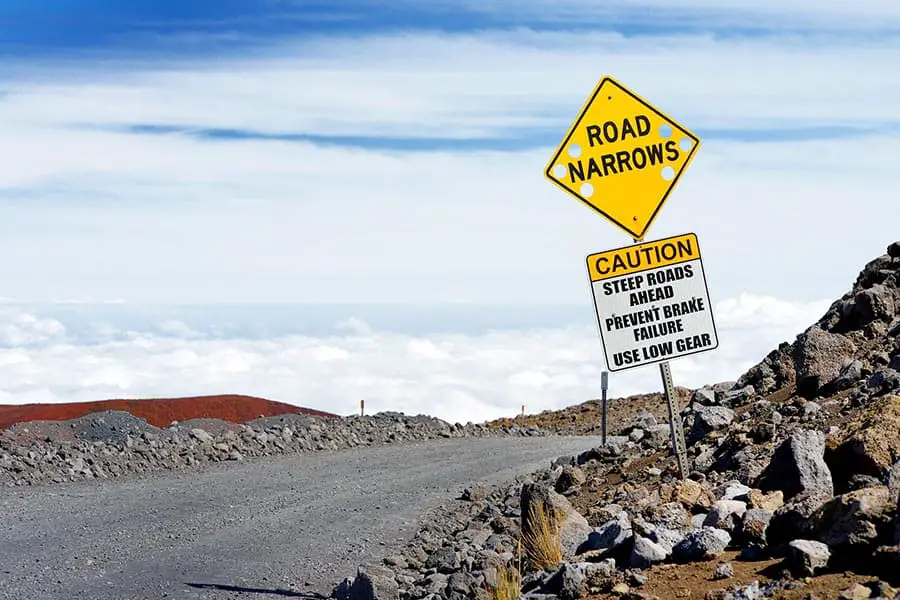
The road from the visitor information station continues for seven miles until it reaches the summit of Mauna Kea. The section of the road is unpaved and steep, so visitors are required to have a vehicle with four-wheel drive or AWD. No two-wheel-drive vehicles are permitted on the unpaved road to the summit.
If you don’t have a four-wheel-drive vehicle or want to go with a large group to the top, you can book a tour to the summit. Various tour companies take guests to the top of Mauna Kea.
Other Posts of Interest
- Can A U.S. Citizen Drive To Alaska Without A Passport?
- Does US Highway 50 Go Coast To Coast?
- Can Anyone Drive On The Bonneville Salt Flats?
- Where Is The Tail Of The Dragon Road Located?
Many people opt to go with guided tours instead of driving themselves because they can learn about the mountain while a skilled driver navigates the steep, gravel roads, and they get to enjoy the views instead of stressing about driving.
Even though the VIS isn’t the top of the mountain, it is still a great place to stop. On some nights, they have scientists and astronomers helping people stargaze. In addition, they connect live feeds from some of the observatories on the summit, which allows visitors to see the wonders of the night sky.
The astronomers also use powerful lasers to point out stars and planets that can be seen with the naked eye.
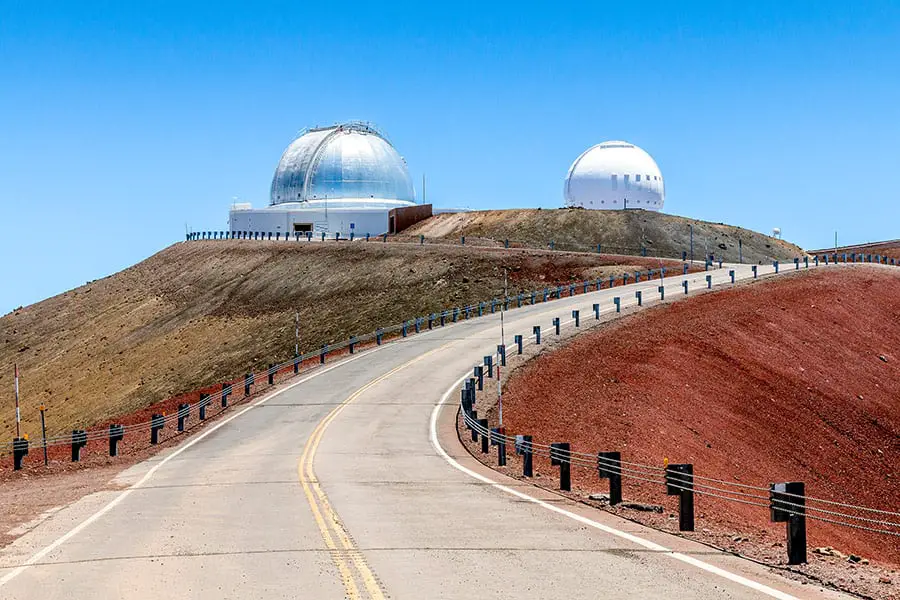
Mauna Kea is one of the best sites in the world to stargaze because of the elevation, thin air, and lack of light and air pollution.
You can also tour the VIS center for free. Inside this building are incredible displays of Hawaiian culture, science, and astronomy on Mauna Kea. There is a gift shop plus restrooms here too.
There are also fun things to do around the visitor’s station in the daytime. There are many smaller dormant volcanos called cinder cones that you can hike up. On a clear day, you can see Mauna Loa across the island.
Mauna Kea is a very sacred place in Hawaiian culture and has connections to the Hawaiian people’s ancestors, creation, and sacred sites. There is a traditional Hawaiian temple at the summit, which is off-limits to visitors.
Whenever you’re on any part of Mauna Kea, it is essential to show respect to the mountain by not going in sacred areas (they will be marked), picking up any trash you see, and making sure you don’t leave any behind.
The drive up Mauna Kea is beautiful but very windy. Be sure to keep your eyes on the road and pull over if you need to let vehicles pass you.
The Mauna Kea Access Road is about 15 miles of winding road. In total, it takes about 2 hours to get to the summit (including 30 minutes to acclimate).
Once at the summit, there are many places to park, get out, and walk around. Visitors are high above the clouds at the summit. If you decide to travel to the summit, one of the best times to go is around sunset. Catching a view of the sunset from the summit is unforgettable, with 360-degree panoramic views of the island and ocean.
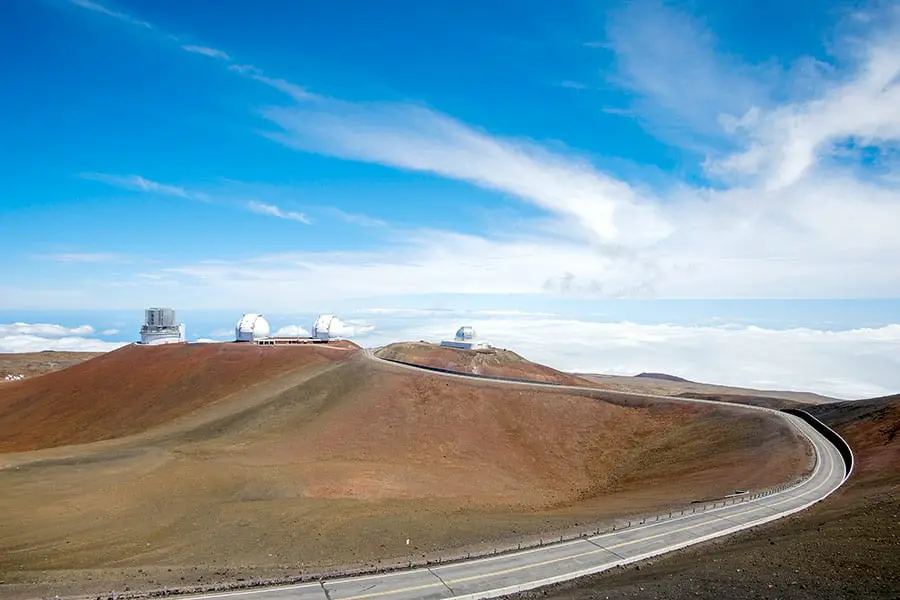
There are many large observatories at the summit, and one is even owned by NASA for exploring astronomy.
At the top, it is also very cold. The average temperature is 32 degrees Fahrenheit! Many tour companies give their customers snowsuits to keep warm. So if you’re planning to go to the summit, make sure to bring your cold-weather gear, even though you’re in Hawaii.
There isn’t a fee or permit required to visit the summit, which makes it even better. The stargazing at the top is also fantastic because it is above the clouds with no light pollution.
Each year, somewhere between 6,000 to 8,000 people visit the mountain. This number remains fairly steady since it’s out of the way for many tourists.
Does Mauna Kea Get Snow?
Yes, sometimes Mauna Kea does get snow! The mountain is high enough that when there is a storm in the area and snow forecasted for Hawaii, you may find yourself atop a snowy peak. Hawaii is one of the only places on the earth where you can enjoy a sunny beach and a snow-capped mountain on the same day.
Mauna Kea can get dusted with snow throughout the year, even in the summer, Hawaii’s dry season. But Mauna Kea gets hit hardest with snow during the winter months, Hawaii’s wet season. Maua Kea has even occasionally experienced blizzard conditions.
The most snow Mauna Kea has ever gotten was two feet of snow in December 2016.
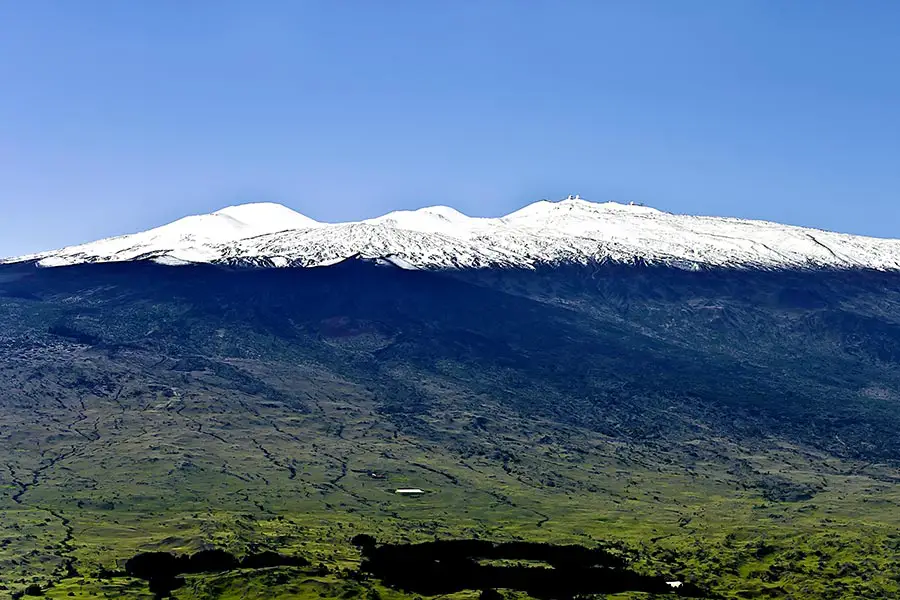
Mauna Kea is one, of only a few places, in Hawaii that gets snow. The others are Mauna Loa, Haleakala, and Poli’ahu. Of course, there isn’t snow there year-round, but the occasional snowstorm does hit the mountain.
Can You Drive Up Mauna Kea at Night?
The visitor’s station advises that guests depart the summit 30 minutes after the sunset. Even though the night is colder, visitors often want to drive up the mountain at night because of how good the stars get after the sunset. Watching the sunset and then looking up at the stars is one of the most popular activities on Mauna Kea.
However, visitors don’t have to completely leave the summit because they can go back down to the VIS to enjoy more educational content and stargazing.
It is a very collaborative environment to learn more about the mountain and the stars with knowledgeable historians and scientists.
Is The Drive Up Mauna Kea Dangerous?
The drive up Mauna Kea is beautiful but very windy. Combined with a gravel road, it can make it a dangerous endeavor. Luckily, the route to the summit will close if the weather gets bad enough, so you can be confident that if the road is open, it won’t be too dangerous to drive.
Things that make the drive dangerous are the tight turns, narrow road, and inclement weather. If you decide to rent a car, make sure you get one with four-wheel-drive that has a 4-lo capability to ensure you have as much traction as possible.
As you stop at the VIS before heading to the summit, check with rangers about weather conditions at the top.
Is Mauna Kea a Volcano?
Yes, Mauna Kea is a volcano; however, it is now dormant. While it is dormant, there are many active volcanoes on the Big Island. The two most active volcanos are Kīlauea and Mauna Loa.
Discover a New Side of Hawaii
Driving up Mauna Kea is a fantastic experience that you can’t find anywhere else. It is a popular drive, and many people travel to the top of Mauna Kea every year. One of the only places you can find snow in Hawaii, combined with the beautiful stars and views, is sure to help you feel more connected to the island than ever before.

